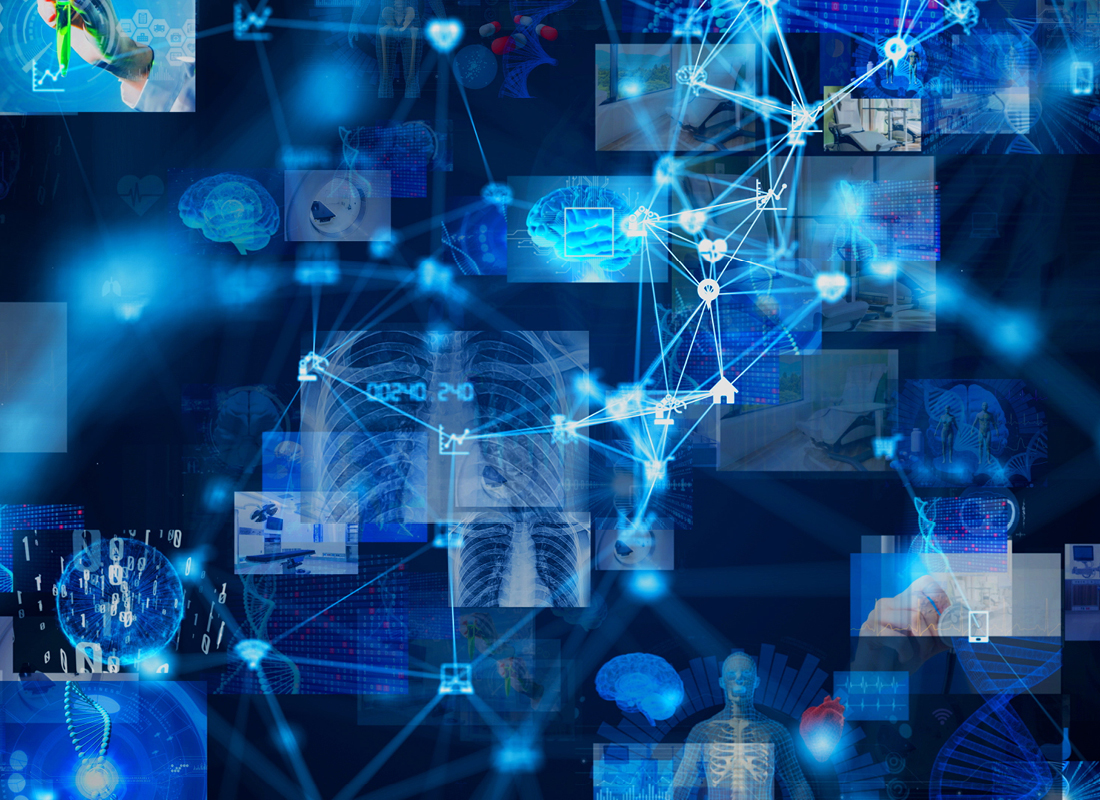Lab 2.0, The Future of Labs
From - Diagnostic Testing & Emerging Technologies What will the laboratory of the future look like? Attendees at G2's 36th annual Lab Institute (Oct. 24-26; Washington, D.C.) got a glimpse in the keynote… . . . read more

Subscribe to Clinical Diagnostics Insider to view
Start a Free Trial for immediate access to this article